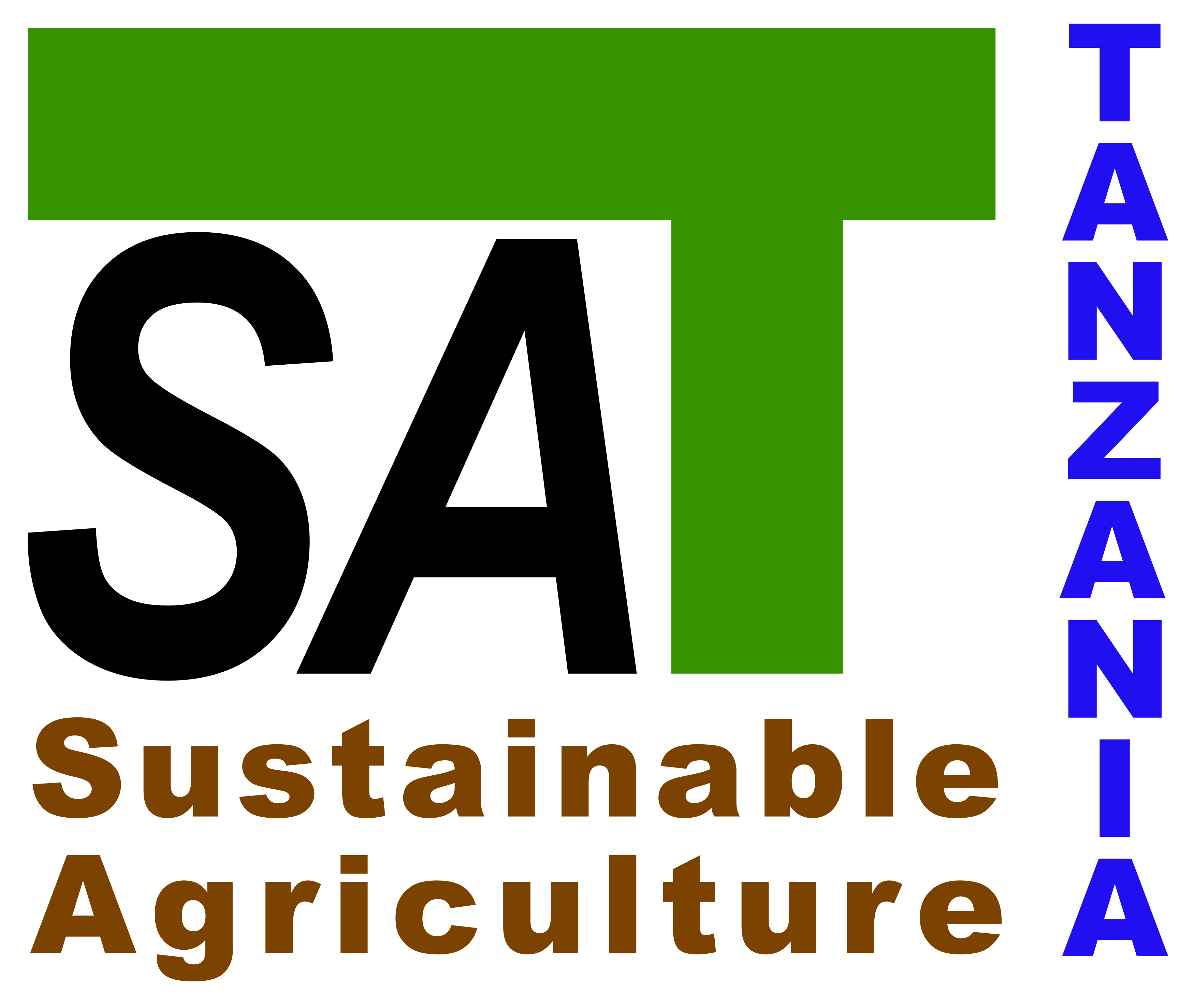An Overview Of Our Solution
- Population Impacted:
- Continent: Africa
Organization type
Population impacted
Size of agricultural area
Production quantity
People employed
Describe your solution
Describe your implementation
External connections
What is the environmental or ecological challenge you are targeting with your solution?
Describe the context in which you are operating
Nine villages, with a total population of 4,893 people, are located in the watershed whereby 89% are subsistence farmers who hold not more than 2,5 ha of land. The education level is low since only 70% of the villagers have primary education level. The housing is simple; people live in mud houses which are usually self-constructed. Up to one third of the people live on less than US$ 2/day. These villages have a long tradition of farming in the steep slopes of the Uluguru mountains.
As competition for water increases (almost 70,000 people benefit from this particular watershed) and threats to the forest reserve intensifies, villagers are under pressure to change their farming systems under menace of expulsion. Due to lack of awareness of solutions the government decided in 2006 to relocate people who lived adjacent to the forest reserve. The conservation initiative was confronted with resistance from the villagers and the tensions with the government are still remaining.
How did you impact natural resource use and greenhouse gas emissions?
Language(s)
Social/Community
Water
Food Security/Nutrition
Economic/Sustainable Development
Climate
Sustainability
Funding is required for the agricultural part of the project implementation. The reforestation component is based on a market-based approach through providing carbon offsetting. After project end 95% of the farmers are continuing to cultivate organic products. A follow-up study indicated an average increase of 30% in income. Increased farm production and established fruit gardens improve food security. Group money earned through product sales remain in the group and are only reinvested for group development purposes.
SAT establishes a group saving and lending program where farmers buy shares to create small loans for investments mostly used for agricultural activities. They can be perceived as in-kind contribution from the beneficiaries.
Return on investment
Entrant Image
Entrant Banner Image
